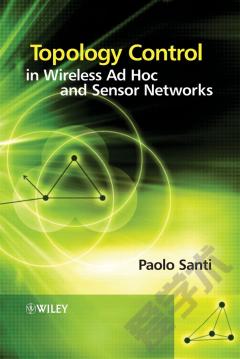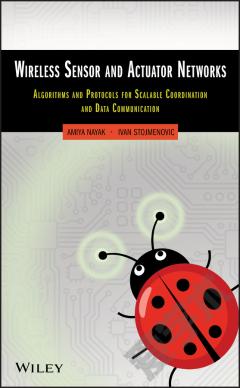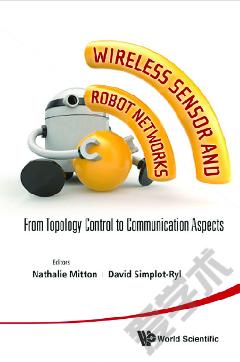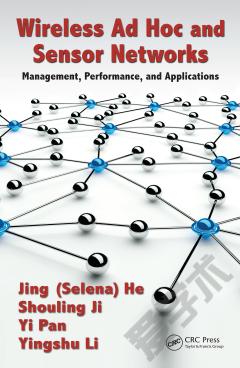Topology Control in Wireless Ad Hoc and Sensor Networks
Topology Control (TC) is one of the most important techniques used in wireless ad hoc and sensor networks to reduce energy consumption (which is essential to extend the network operational time) and radio interference (with a positive effect on the network traffic carrying capacity). The goal of this technique is to control the topology of the graph representing the communication links between network nodes with the purpose of maintaining some global graph property (e.g., connectivity), while reducing energy consumption and/or interference that are strictly related to the nodes' transmitting range. In this article, we state several problems related to topology control in wireless ad hoc and sensor networks, and we survey state-of-the-art solutions which have been proposed to tackle them. We also outline several directions for further research which we hope will motivate researchers to undertake additional studies in this field.
{{comment.content}}








 京公网安备 11010802027623号
京公网安备 11010802027623号